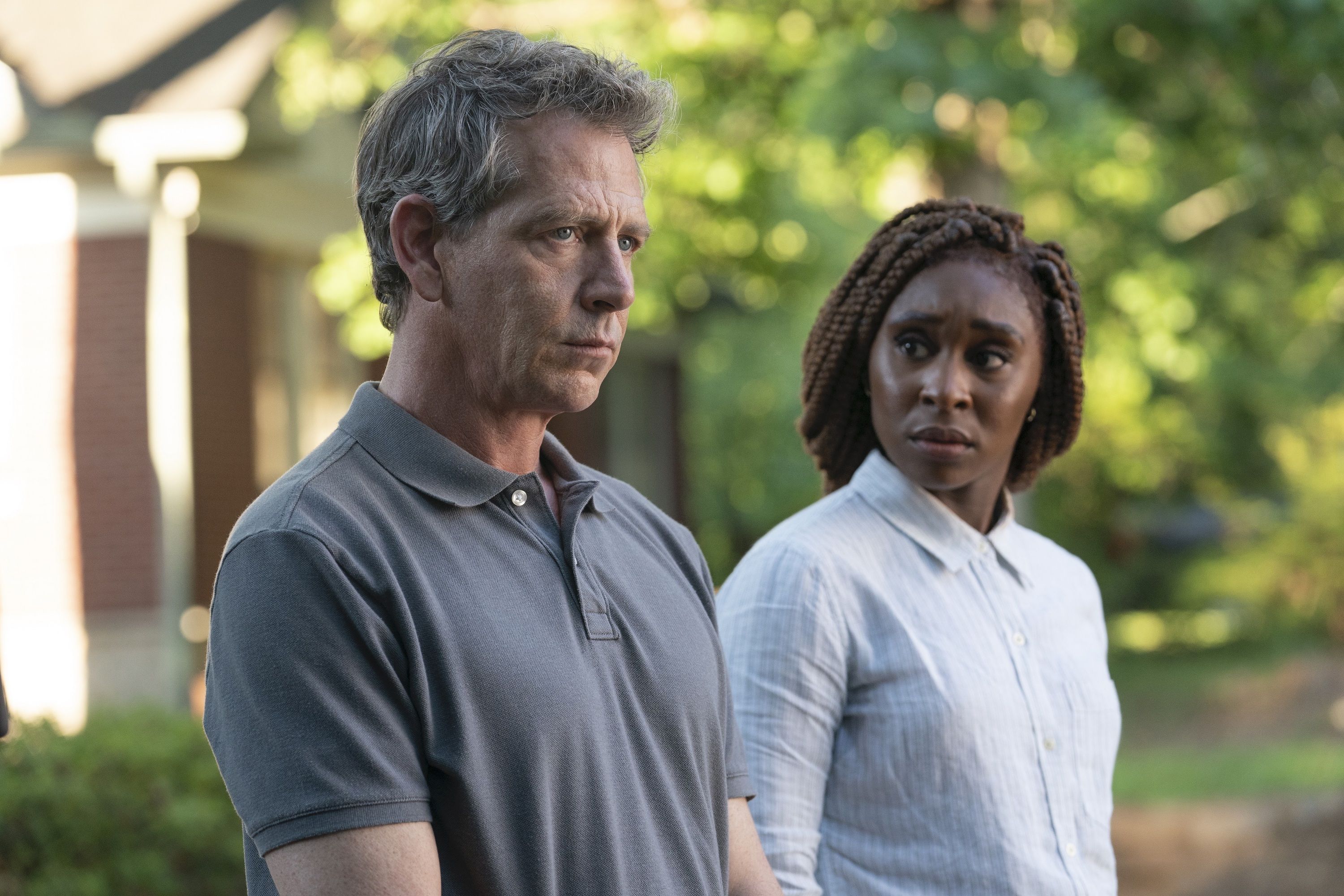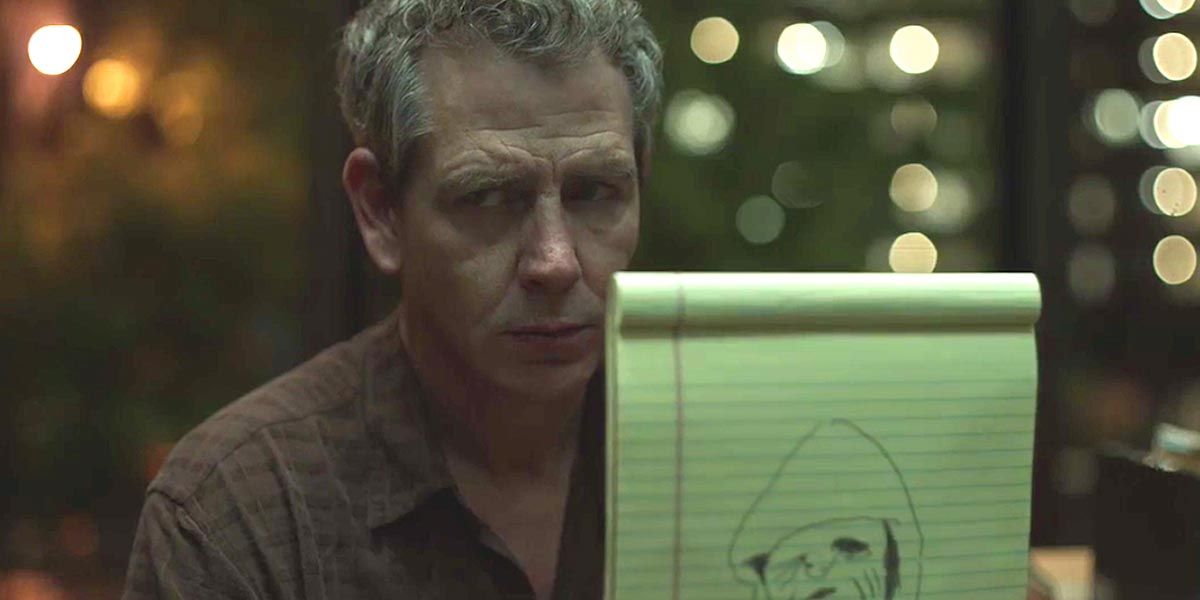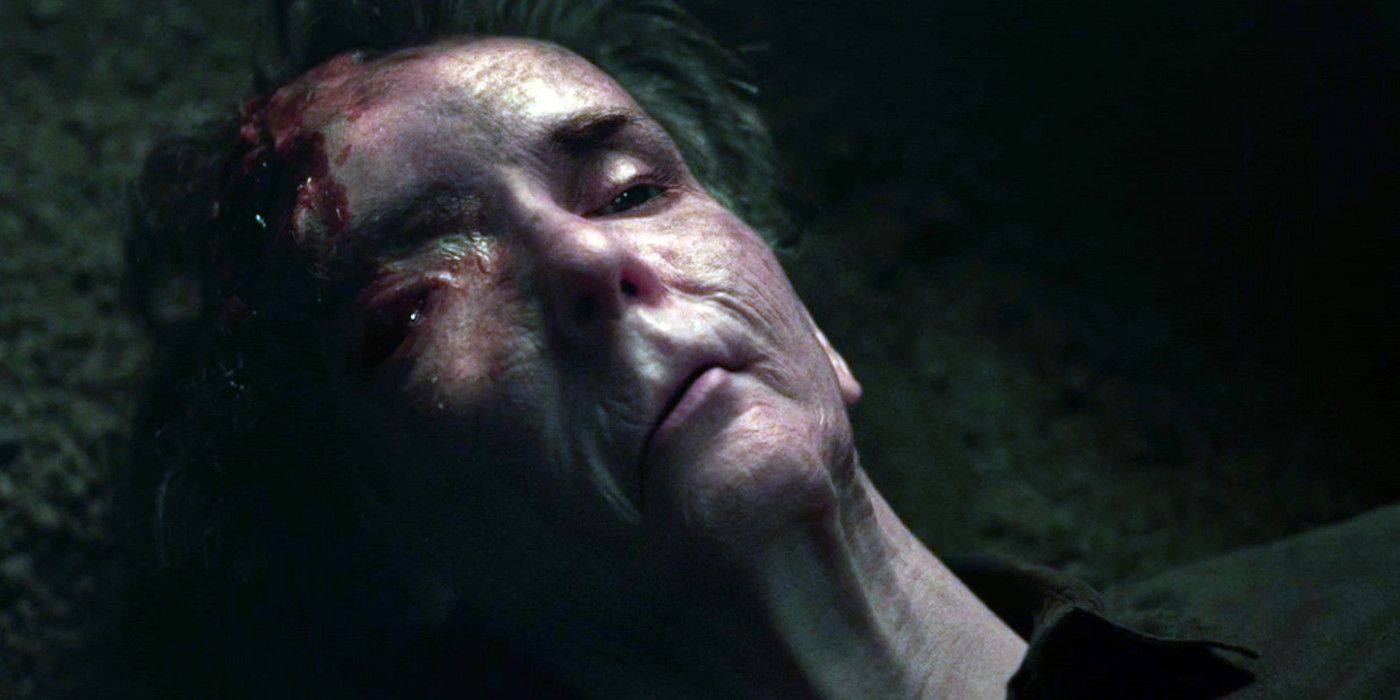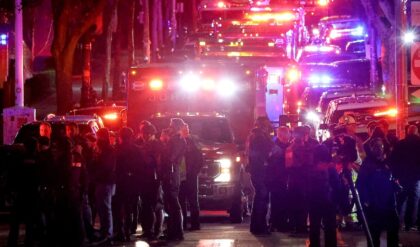Stephen King’sThe Outsider is a chilling modern horror story about a timeless monster who feeds on grief. Using identity as a weapon, it’s able to frame humans for inhuman violence to ruin their lives and consume flesh at the same time, attacking whole communities from the shadows with alarming efficiency. It’s the sort of carefully crafted artwork where blinking could mean missing crucial moments in the background, but viewers needn’t worry because they can’t look away. It’s as much about how people treat each other as it is about the supernatural, exploring what would happen if an archetypal monster like El Cuco emerged in present-day small-town America.
HBO’s adaptation, written by acclaimed novelists Richard Price and Dennis Lehane, is perhaps the best translation of a Stephen King novel yet. It captures the novel’s tone perfectly, showcasing stellar performances by its cast and subverting viewer expectations at every turn. The Outsider has a 91% on Rotten Tomatoes and left itself open for an original all-new second season, written by King himself. Any liberties or diversions from its source material serve to bend and shape King’s modern monster into a serialized TV villain without losing any of its terror.
The Casting and Costumes Are Incredible

With only a few minor changes, each character looks like they walked off the page.
One of the show’s greatest tricks was casting Jason Bateman as the ill-fated Terry Maitland. The hometown Little League coach feels like the protagonist of the novel’s earliest chapters until his death at the hands of the last Peterson boy. Bateman is a well-known actor with plenty of dramatic credits, so casting him as the star of the first episode and killing him so quickly shocked many viewers. Maitland’s death comes out of nowhere in the book, leaving fans to wonder if the mystery will ever be solved, and the show creates that same atmosphere of uncertainty by eliminating its best-known actor. Despite his absence, fans remember Terry long after the series’ tenth episode comes to a somber close. It’s just one of the bold swings The Outsider takes to set itself apart from other Stephen King adaptations.
Bateman’s portrayal of Maitland is spot-on. Viewers never doubt his innocence the way they readers could, partly because the family-friendly Maitland isn’t Bateman’s only role. As El Cuco in disguise, he’s distant, weird, and downright scary. Bateman directed the first two episodes and played with the complexity of the Maitland murder while showing viewers two very different characters with the same face. He acts differently as El Cuco compared to Terry, solidifying the monster mystery for viewers before the faceless version of the creature arrives to stalk the dreams of the Maitland household.
Bateman’s performance is stellar, but it’s only one small part of a larger assemblage of realistic heroes and villains. The entire cast effectively portrays deeply complex characters with a perfect balance between staying true to the novel and giving it new life in a new format. Beyond their performances, each character has relatively the same appearance as their descriptions from the book, including El Cuco, except Ralph’s stature and Holly’s complexion. Many Stephen King adaptations succeed in bringing characters to life, but The Outsider’s costume department elevates the writing and performances more than casual viewers may realize. From Ralph’s dull color palette to everything about Howie Solomon, the performers and their costumes have all the tools needed to bring the incredible script to life.
The Script Elevates Incredible Performances
The relationships between characters become the main focus.
The show’s script is fantastic, and its acting is superb, but the marriage of the two is what sets it apart. Produced largely by Ben Mendelssohn, the series lead, and Bateman, it comes as no surprise that each episode feels like it was written specifically for the players involved. Mendelssohn’s Ralph Anderson is plagued by his son’s death and the growing possibility of a wrongful conviction, and Mendelssohn’s dry demeanor perfectly captures a stoic man on the cutting edge. Mare Winningham was the perfect cast for Jeannie Anderson, playing opposite Mendelssohn in the tense and compassionate scenes between the lovely couple.
The Andersons’ son, Derek, is dead in the show. This departure from the novel provides El Cuco an avenue into their minds, and the characters are even more upset, but Winningham and Mendelssohn use it to their advantage. The raw emotion they portray over their son’s death perfectly encapsulates the seething feeling King’s terrifying story sought to bring to life in the characters’ hearts, minds, and communities. The same brewing storm flows forth from Julianne Nicholson’s bereaved Glory Maitland after Terry’s death and from Marc Menchaca’s Jack Hoskins even before he falls under Cuco’s control.
Nicholson’s is among the most complex and gut-wrenching performances in the show. Her relationship with Ralph is much smoother in the novel, but putting them at odds and using Jeannie as a mediator ties the characters together more thoroughly with bonds of complex and painful emotion. Nicholson’s portrayal of Glory, whose name is Marcy, in the novel shows viewers a realistic look at a strong person beset by unfathomable grief, responsibility, and hardship.
On the other hand, Menchaca’s portrayal of Jack Hoskins is genuinely deplorable but has flashes of a guy with a lot of walls. He’s one of the more complex characters in the story, but Jack serves as an example of someone who probably could be saved but won’t be. His traumas aren’t his fault, but Menchaca’s performance shows how much they weigh on Jack, and his inevitable violent end feels just as conflicting and spooky in the show as in the novel. By showing flashes of these troubled characters’ lives and traumas, the show weaves the same intricate tapestry of human lives as the novel without spending large sections in asynchronous settings. King’s novels often connect multiple characters from different walks of life toward one supernatural end. The Outsider adapts that style to television, leaning into shifts in focus and other changes with ease.
The Series Embraces Change In All Aspects

Changes from the novel make the series work better for TV.
The Outsider puts readers through several serious tonal shifts. At first, it’s a classic murder mystery, albeit a gruesome one. Once the monster properly appears, fans breathe a sigh of relief over finally understanding the plot until Cuco begins to stretch its legs. Once the psychological attacks and thralls start popping up, a new wave of confused terror fills the show’s atmosphere until Holly arrives to outline the nature of the beast. The penultimate episode plays like the opening to a war film or a post-apocalypse where survivors need to go on a deadly expedition, but the fast-paced gunfight in the season finale has a different energy from anything else in the show.
The Outsider puts readers through several serious tonal shifts. At first, it’s a classic murder mystery, albeit a gruesome one. Once the monster properly appears, fans breathe a sigh of relief over finally understanding the plot until Cuco begins to stretch its legs. Once the psychological attacks and thralls start popping up, a new wave of confused terror fills the show’s atmosphere until Holly arrives to outline the nature of the beast. The penultimate episode plays like the opening to a war film or a post-apocalypse where survivors need to go on a deadly expedition, but the fast-paced gunfight in the season finale has a different energy from anything else in the show.People drop like flies, and knowing how it’s going to go based on the book does not lessen the impact of a single death. Derek Cecil plays Andy Katcavage, a character who doesn’t exist in the book and primarily makes up for missing context about Holly’s other adventures. His death is expected but tragic, leading some to hope in vain that Howie’s tragic fate from the novel might change. Paddy Considine lends his likeness to the strangely likable strip-club-working Claude Monet and El Cuco and does a fantastic job with both, eventually pulling the trigger on the beast wearing his face in another diversion from the novel.
King’s most famous works aren’t set in the present day when technology makes it hard for anyone to go anywhere unnoticed. The Outsider is a monster story, but in a way, El Cuco represents how evil can change to fit any given period. It adapts to play human advancement against basic instincts and social structures the way an apex predator stalks its prey. The things that scared humans a thousand years ago are still pretty scary today, despite modern medicine and technology. Times change, and so must cautionary tales. Names, lines, heights, and lineups changed to fit this adaptation, but the cast and crew used every change as a tool to rework the complex story for television. With numerous other films based on the king of horror’s vast catalog, The Outsider firmly asserts itself as one of the best and most faithful adaptations of any Stephen King novel.



